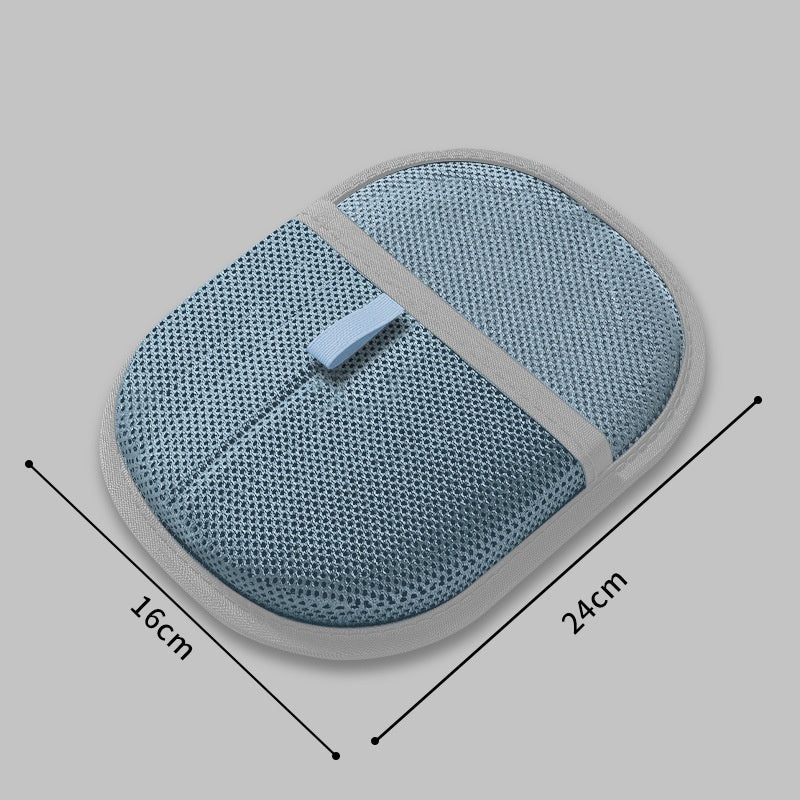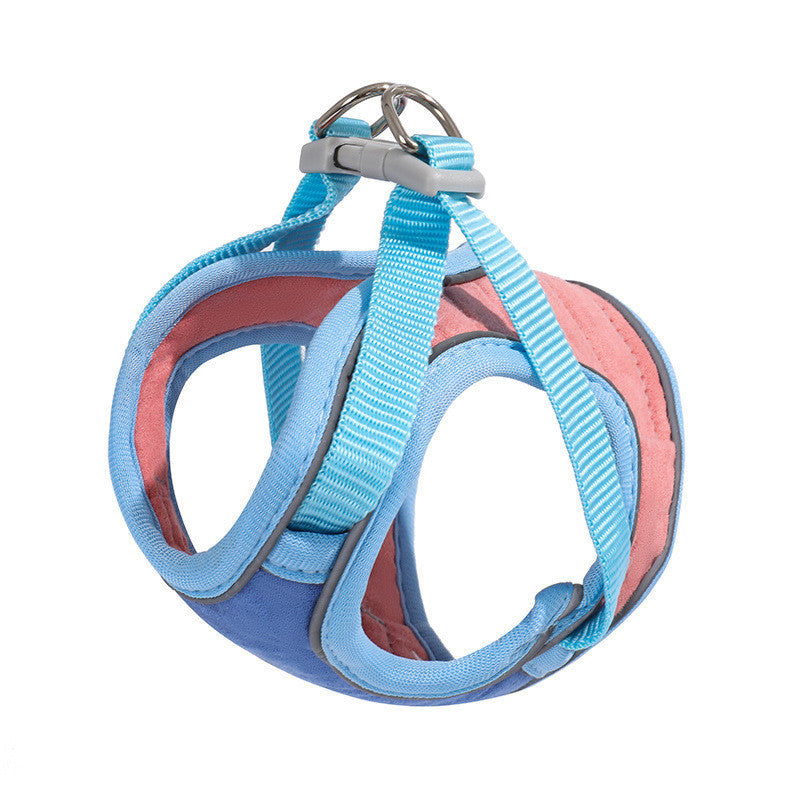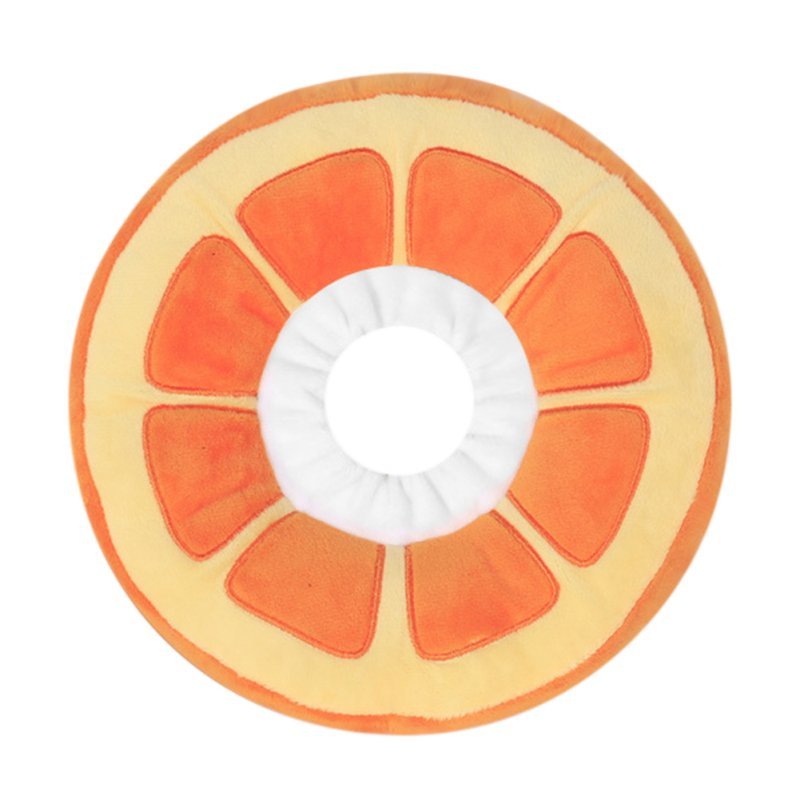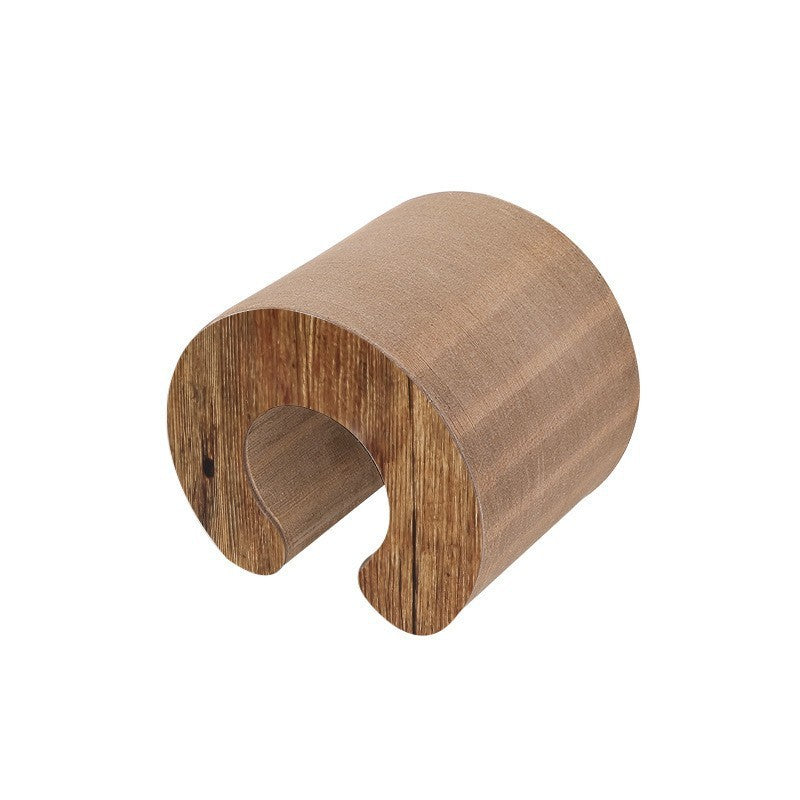Cats are known for their mysterious nature and unique behaviors. They communicate through a complex language that includes vocalizations, body language, and scent marking. In this blog, we will explore some of the ways you can decipher your cat's language and understand their needs.
Vocalizations: Cats use a variety of sounds to communicate with their owners. A meow can indicate anything from a greeting to a demand for food or attention. A purr is a sign of contentment, but it can also indicate anxiety or pain. A hiss or growl signals that your cat is feeling threatened or agitated.
Body language: Cats use their bodies to communicate their moods and intentions. An arched back and fluffed tail indicate fear or aggression, while a relaxed posture with the tail held high shows confidence and comfort. If your cat is rubbing against you or kneading with their paws, it's a sign of affection.
The Cat Protection Society of NSW provides educational resources on feline body language, helping owners recognize signs of comfort, fear, or affection. Australian pet trainers and behaviorists often use these cues to help owners strengthen their bond with their cats.
Eye contact: Cats use eye contact to communicate their emotions. A slow blink indicates trust and affection, while dilated pupils suggest fear or excitement.
Scent marking: Cats use scent to mark their territory and communicate with other cats. They may rub their heads against furniture or people to leave their scent or scratch objects to mark their territory.
RSPCA Australia explains that scent marking is a natural behavior for cats and is commonly observed in Australian households. Providing scratching posts and allowing cats to rub against safe objects can help satisfy this instinct and reduce stress.
Tail movements: A cat's tail can convey a lot about their mood. A wagging tail indicates excitement or anticipation, while a twitching tail suggests agitation or annoyance. Understanding your cat's language can help you to build a stronger bond with your pet and provide better care.
| Signal Type | Positive/Comfortable Sign | Negative/Stressed Sign |
|---|---|---|
| Vocalizations | Purring, gentle meow | Hissing, growling |
| Body Language | Relaxed posture, tail up, kneading | Arched back, fluffed tail, crouching |
| Eye Contact | Slow blink, soft gaze | Dilated pupils, staring |
| Scent Marking | Head rubbing, gentle scratching | Excessive scratching, spraying |
| Tail Movements | Tail up, gentle sway | Twitching, puffed-up, low tail |
By paying attention to their vocalizations, body language, eye contact, scent marking, and tail movements, you can learn to read their cues and respond to their needs. With time and patience, you can develop a deeper understanding of your cat's unique personality and preferences.
Step-by-Step Guide: Learning Your Cat’s Language
- Observe Vocalizations: Listen to your cat’s meows, purrs, and growls in different situations. Note what each sound means for your individual cat.
- Watch Body Language: Pay attention to posture, ear position, and facial expressions. Use resources from the Cat Protection Society of NSW for reference.
- Practice Eye Contact: Try the slow blink technique to build trust with your cat, as recommended by Australian veterinarians.
- Respect Scent Marking: Provide scratching posts and allow your cat to rub against safe objects to satisfy their natural instincts.
- Monitor Tail Movements: Observe how your cat moves their tail in different contexts to understand their mood.
- Seek Expert Advice: If you’re unsure about your cat’s behavior, consult your local Australian veterinarian or a feline behaviorist.
FAQs: Understanding Cat Communication
Q: How can I tell if my cat is happy or stressed?
A: Watch for relaxed body language, a tail held high, and gentle vocalizations for happiness. Signs of stress include hissing, growling, arched back, and a puffed-up tail.
Q: Why does my cat slow blink at me?
A: A slow blink is a sign of trust and affection, as explained by Australian veterinarians and animal behaviorists.
Q: What does it mean when my cat rubs against me?
A: This is a form of scent marking and a sign of affection, according to RSPCA Australia.
Q: How can I help my cat feel more comfortable at home?
A: Provide scratching posts, safe spaces, and respect their need for scent marking and quiet time, as recommended by the Cat Protection Society of NSW.
Q: Should I be concerned if my cat’s tail is twitching?
A: A twitching tail can indicate agitation or excitement. Observe the context and your cat’s overall body language for a better understanding.


















































































